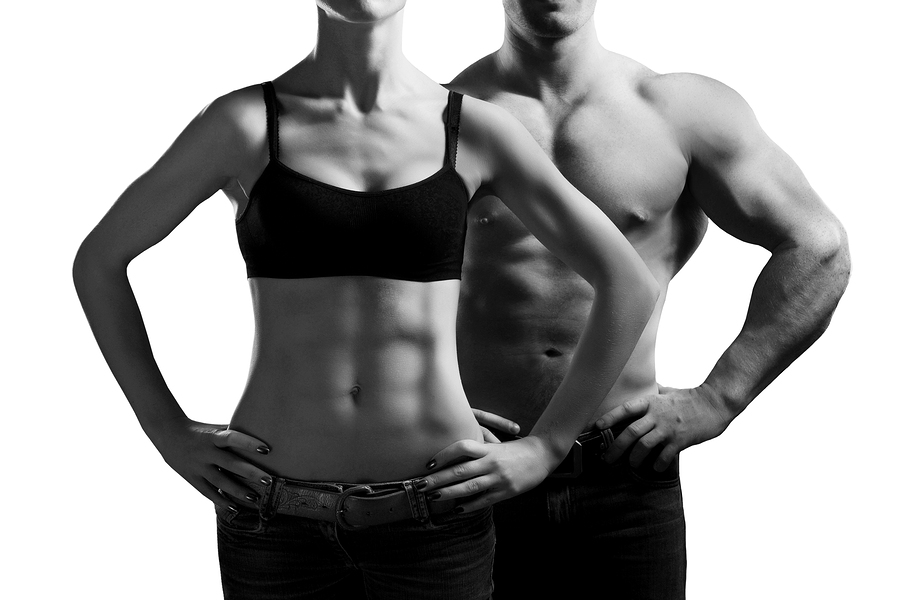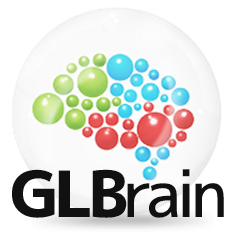We all want to look good and be healthy! Now, by following us you can also do it. Every advice may be of use, so don't throw anything away until you try it.
This GLOpinion is meant for both men and women.
Physical fitness is defined as "a set of attributes that people have or achieve that relates to the ability to perform physical activity".
This description goes beyond being able to run long distance or lift a lot at the gym. Fitness is more than simply a questions of listing which activities you do or how long you do them for.
Fitness has 5 basic elements:
1. Cardiorespiratory endurance. Cardiorespiratory endurance refers to the ability of the body to perform prolonged, large-muscle, dynamic exercise at moderate-to-high levels of intensity. Cardiorespiratory endurance is an important part of overall physical fitness.
2. Muscular strength. Muscular strength is generally defined as the ability to generate force at a given velocity of movement. This type of training typically aims to stimulate increased strength on various physiological levels. Strength can be an indicator of overall health or a measure of progress during resistance or rehabilitation training programs. There are several methods for testing physical strength, including the use of certain devices or determining how much weight can be used during certain exercises.

3. Muscular endurance. Muscular endurance is very important for people playing sports and who have to sustain an activity for long periods of time. Muscular endurance is determined by how well your slow twitch muscle fibers are developed. In case your wondering what slow twitch muscle fibers are, I will explain. There are generally two types of muscle fibers in your body, slow twitch and fast twitch. Slow twitch muscle fibers cannot exert as much force as fast twitch, but can sustain an effort over a much greater period of time. Fast twitch muscle fibers can exert a great amount of force but for a very limited amount of time. Therefore, slow twitch equals endurance, while fast twitch equals strength.
4. Body composition. In physical fitness, body composition is defined as the percentage of fat, muscle, and bone in the body. Usually it’s expressed as a ratio of lean mass to fatty mass. Lean mass includes muscle, bone, skin, internal organs and body water. Fatty mass is mostly composed of body fat (subcutaneous fat) as well as internal essential fat surrounding organs. Body composition will typically be displayed as either a percentage of fat (body fat percentage or %fat) or as a percentage of lean body mass (LBM).
5. Flexibility. Flexibility is defined as the range of motion of your joints or the ability of your joints to move freely. It also refers to the mobility of your muscles, which allows for more movement around the joints. Range of motion is the distance and direction your joints can move, while mobility is the ability to move without restriction.
Here are some of the best fitness sites I can recommend to you:




Share the News